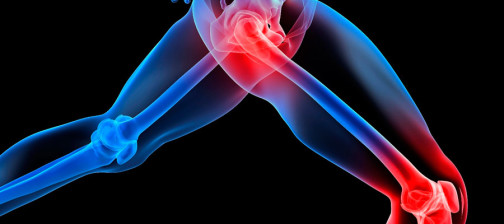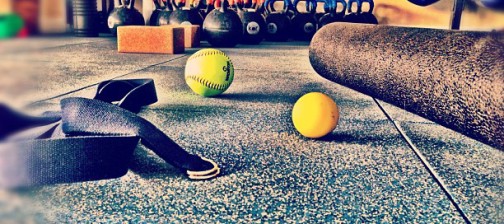Maximize Breathing to Maximize Performance
By: Dr. Adrian Granite
One of the main evaluation techniques that I do as a chiropractor is watching how people move. This includes their posture while seated, while standing, how they bend to pick up their bag and even how they breathe. This may sound strange, but it usually plays a big part in helping them get through their injuries or even enhancing performance.
We breathe all day every day. Most people don’t think about it, they just do it. The interesting part is that I find most people breathe inefficiently. We are never taught how to breathe and how to differentiate between using the primary and secondary respiratory muscles. There are a lot of muscles here, but I am going to keep it simple and point out the main ones. The primary respiration muscle is the diaphragm and the secondary muscles are some of the neck muscles, such as the scalenes and SCM.
The diaphragm is a dome shaped muscle beneath your ribs and below your lungs. It contracts upon inhaling, which allows for expansion of the lungs and assists the abdominal muscles in stabilizing the spine. A simple test to see if you are using the diaphragm is to lay down with one hand on your ribs and the other on your belly. You should notice your hand on the belly rising on the inhale with minimal movement from your other hand. There are progressions to this test, but this is the first one to start with.
Now that we know how we are supposed to breathe, what happens if you are using the accessory muscles too much? Hyperactivity of the scalenes and SCM can lead to neck pain and stiffness. A decrease in lung expansion will decrease oxygen to your blood and muscles resulting in fatiguing faster. Since the diaphragm aids in core stiffness, one that does not function well will lead to a weakened core and a higher risk of injury.
It is common for people to breathe with their ribs flaring because we want to suck in our abs to look good, but this can lead to the issues I mentioned earlier. Sitting at a desk all day at work compresses the abdomen which contributes to accessory breathing as well. Try out the test and see how you do.




